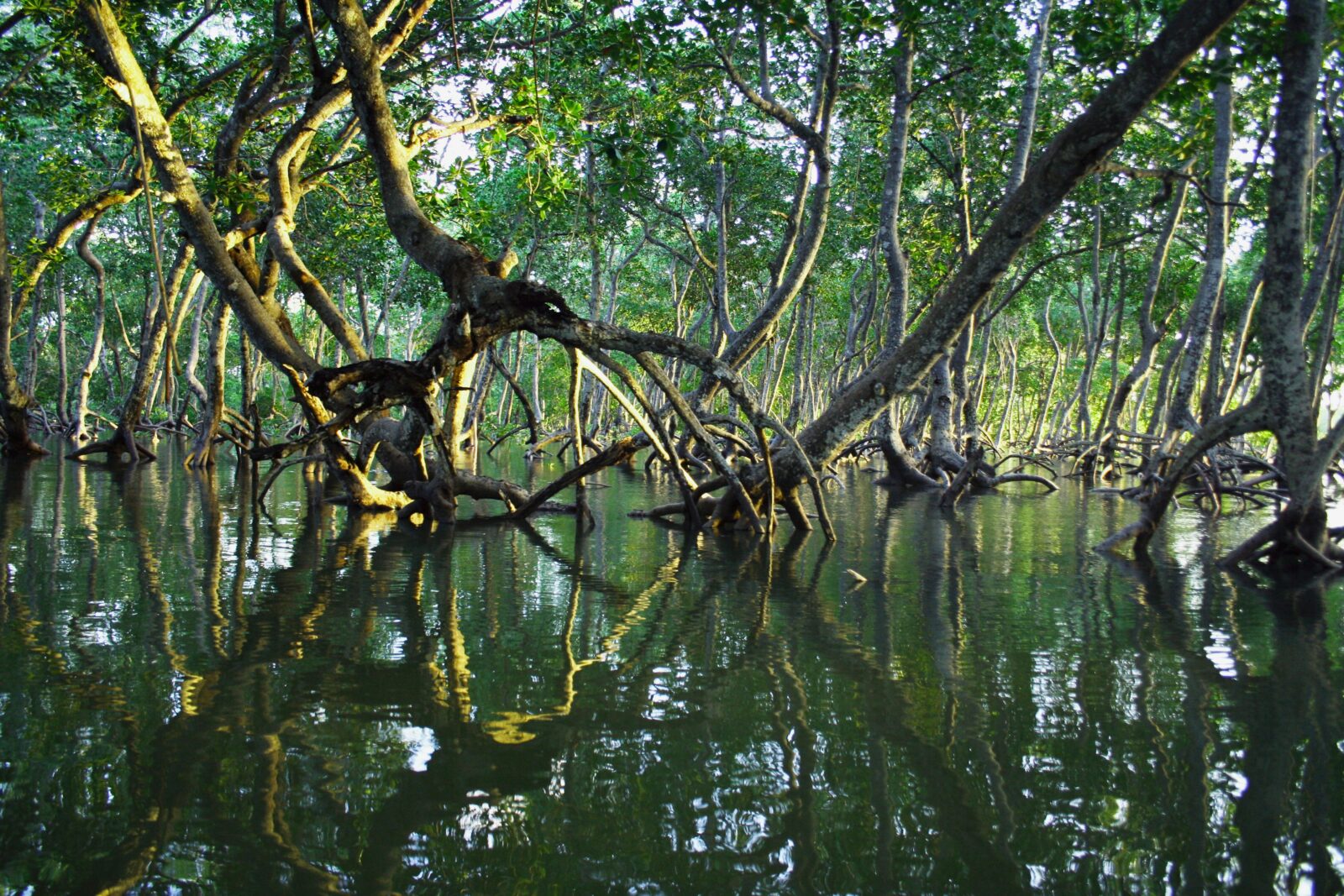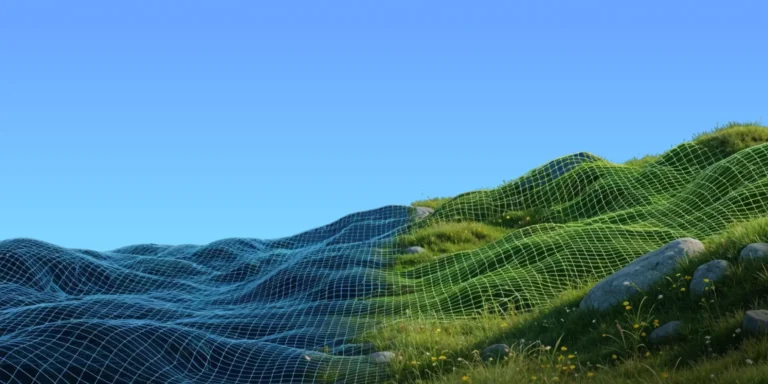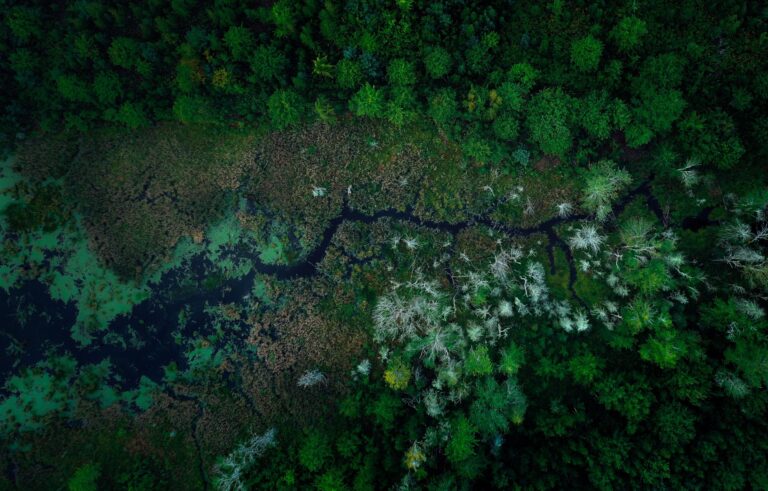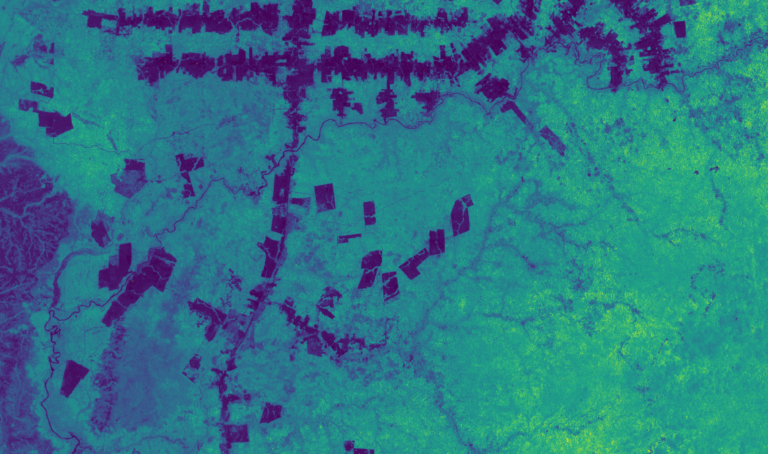In recent years, there has been a noteworthy shift in corporate sustainability strategies towards investing in mangroves, commonly referred to as “blue carbon.” This trend is hardly surprising—the conservation of mangroves can yield significant benefits, including enhanced carbon sequestration, biodiversity promotion, and numerous other advantages.
One of the key drivers behind corporate investment in mangroves is their affordability compared to other carbon sequestration methods. Planting and restoring mangroves tends to be less cost-intensive, making them an appealing option for companies seeking durable solutions to meet their long-term climate commitments, including science-based targets.
Moreover, the value of mangroves in providing coastal resilience is an attractive focal point for companies interested in supporting communities most vulnerable to climate change impacts. By investing in these unique ecosystems where land meets the ocean, companies can play a vital role in advancing climate justice and protecting littoral areas against rising sea levels.
A high-impact nature strategy
Carbon storage is perhaps the biggest contribution of mangroves to environmental health. Despite occupying only a small fraction of Earth’s landmass, mangroves can absorb large quantities of carbon from the atmosphere. Their intricate root systems trap and store carbon both above and below the waterline, at rates up to five times higher than other forest types.
As we seek nature-based alternatives to address global carbon emissions, the preservation and restoration of mangroves emerge as practical and cost-effective strategies. Recognizing and harnessing the carbon sequestration potential of mangroves, as part of a comprehensive portfolio of solutions, can contribute to mitigating the adverse effects of climate change.
Ready to invest in high-quality blue carbon projects?
Learn more about how Pachama can help you invest in tech-verified projects or start your own project from the ground up.
Protecting shores and bolstering livelihoods
Beyond their pivotal role in carbon sequestration, mangroves also serve as nurseries for numerous plant and animal species. Their dense roots and foliage offer shelter and breeding grounds for mammals, shorebirds and migratory birds, and diverse marine organisms, ranging from fish to crabs and mollusks. In doing so, they not only sustain the balance of coastal ecosystems but also bolster the livelihoods of communities dependent on fisheries.
Furthermore, blue carbon projects such as Pachama’s Delta Mangroves play a crucial role in stabilizing coastlines, serving as natural barriers against storm surges capable of damaging homes and infrastructure. These versatile forests shield coastal areas from erosion by trapping sediments carried by rivers and ocean tides. As mangroves accumulate sediment over time, they create a protective buffer against the relentless forces of nature.
Addressing threats and promoting sustainability
Today, despite their ecological significance, mangrove ecosystems face a multitude of threats, ranging from deforestation to coastal development. Human activities, such as urbanization and pollution, often lead to the destruction of mangrove habitats, resulting in the loss of invaluable carbon sinks and biodiversity hotspots.
Given these challenges, concerted efforts must be made to conserve and restore mangrove ecosystems globally. These initiatives should prioritize the safeguarding of existing mangrove forests and the restoration of degraded areas. Implementing sustainable management practices that balance human needs with environmental conservation is essential for ensuring the enduring viability of mangrove ecosystems.
Driving excellence in mangrove initiatives
Advancements in technology are revolutionizing the way companies perceive and engage with blue carbon ecosystems, inspiring increased investment in their conservation and restoration. One of the key areas where technology is making an impact is monitoring and assessing the health and carbon storage capacity of mangrove habitats. Remote sensing solutions such as satellite imagery and LiDAR enable more accurate mapping and measurement of mangrove forests, allowing companies to have greater confidence in the carbon sequestered by restoration projects.
By leveraging state-of-the-art tools and criteria, like Pachama’s Evaluation Criteria 2.3, which introduces a suite of quality checks and insights tailored to mangrove restoration projects, companies can assess critical quality markers like native species and historical land cover, facilitating informed decision-making and investment planning. This enhanced understanding provides companies with a clearer picture of the benefits associated with their investments, reinforcing the case for supporting blue carbon initiatives.






